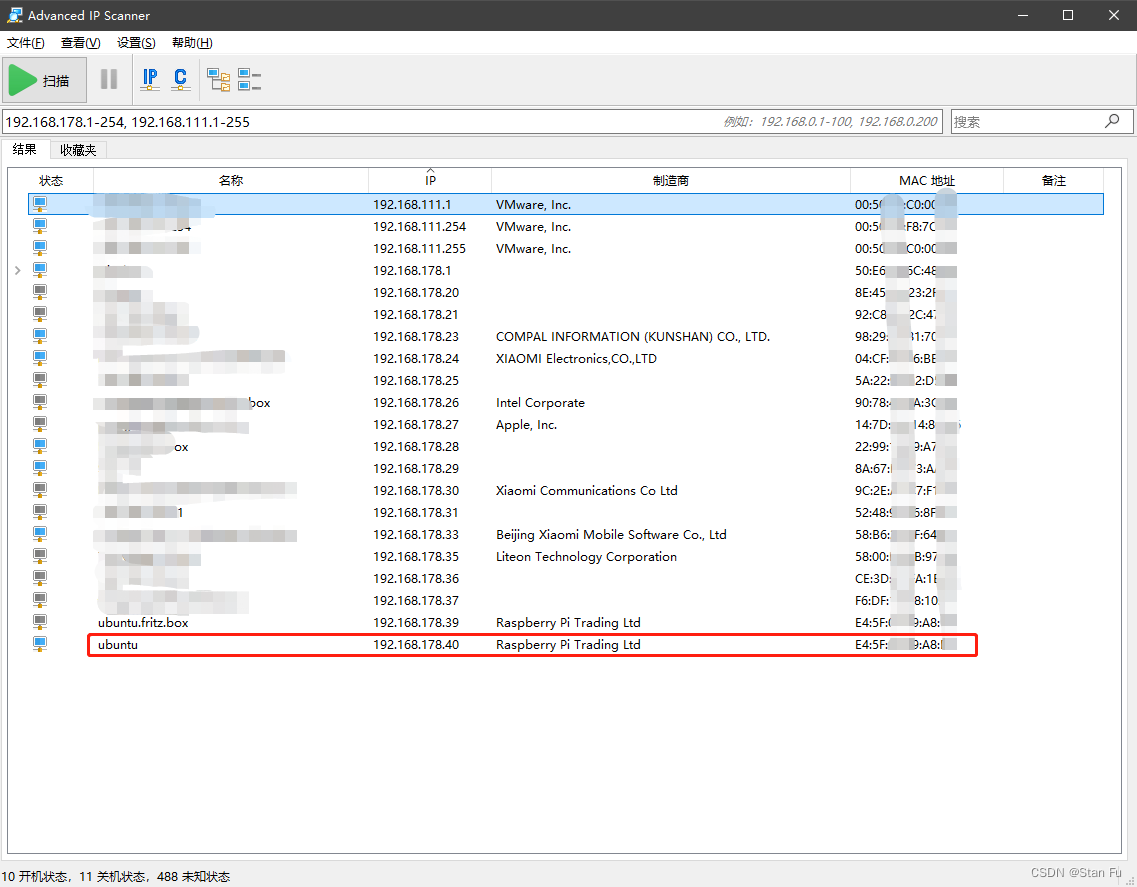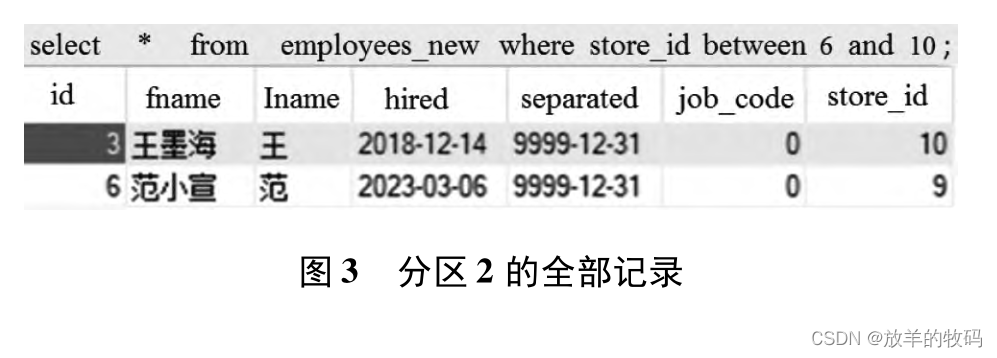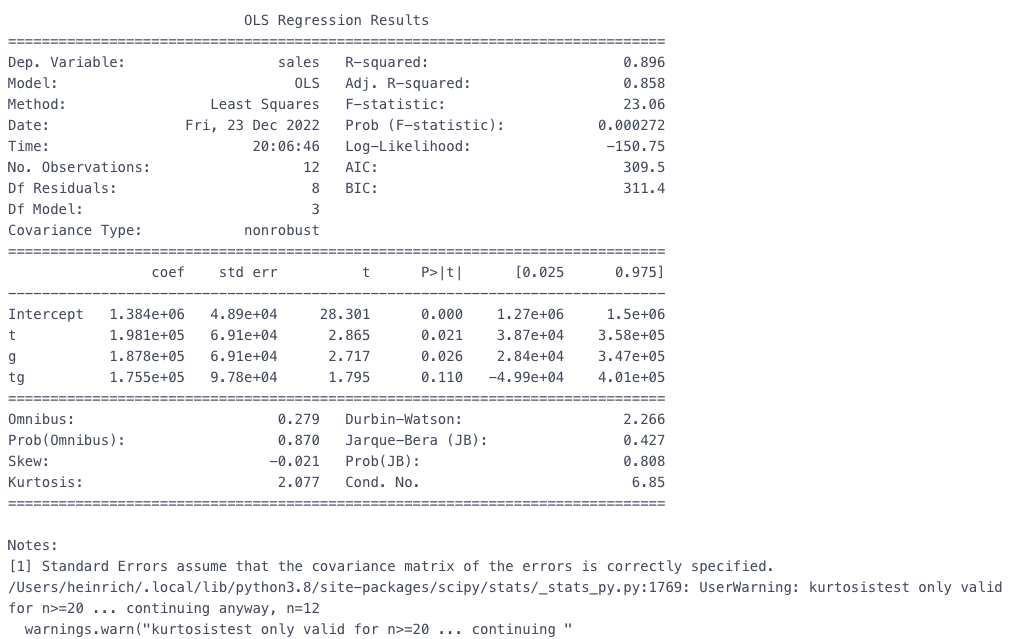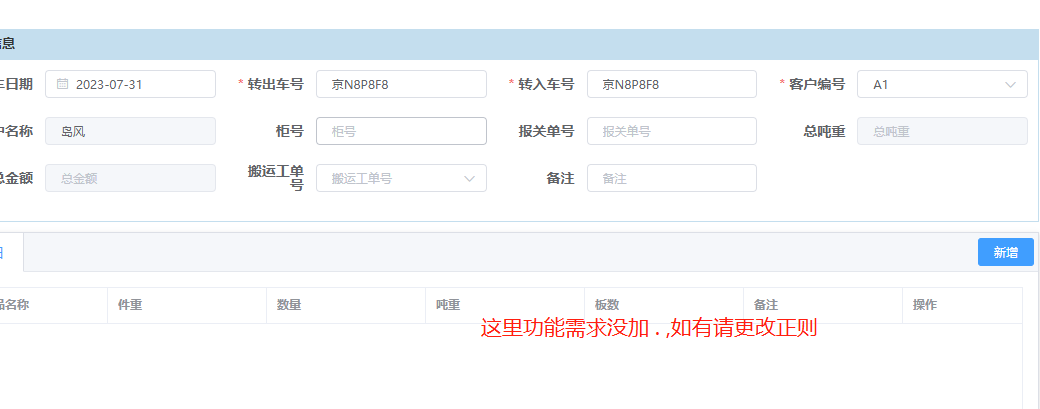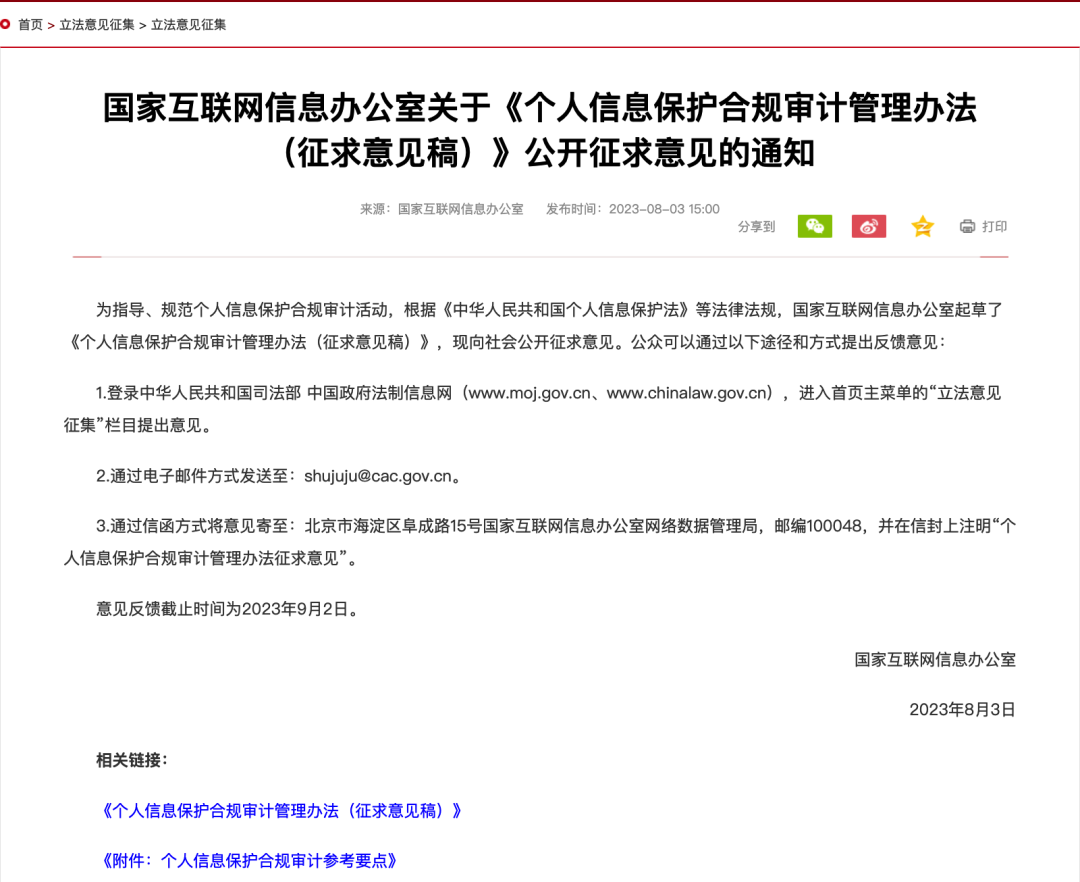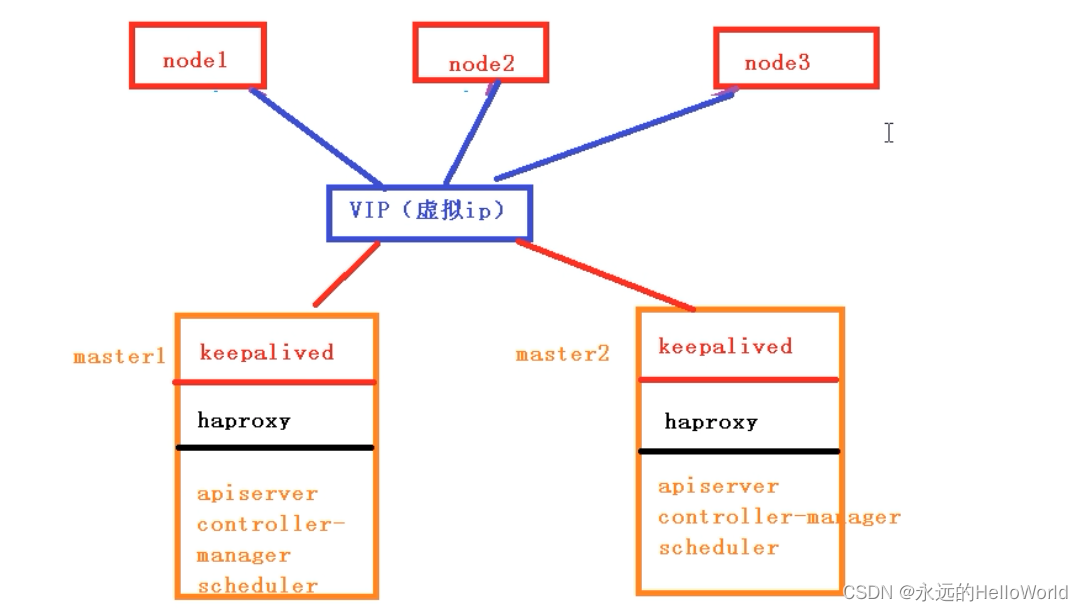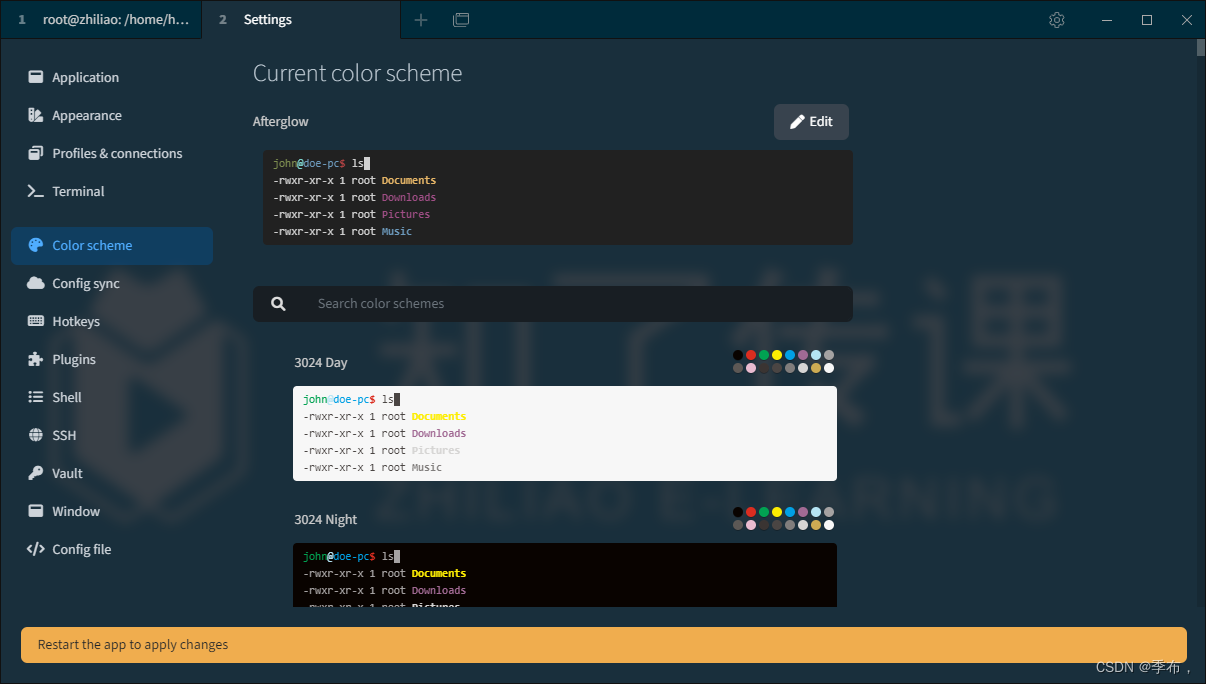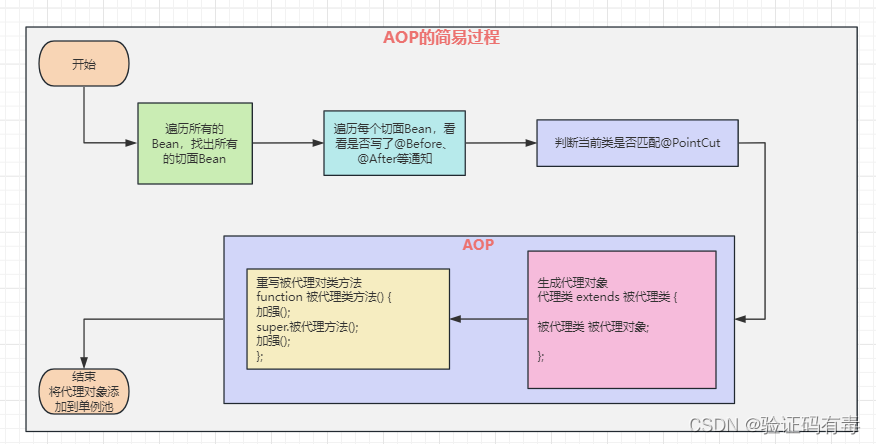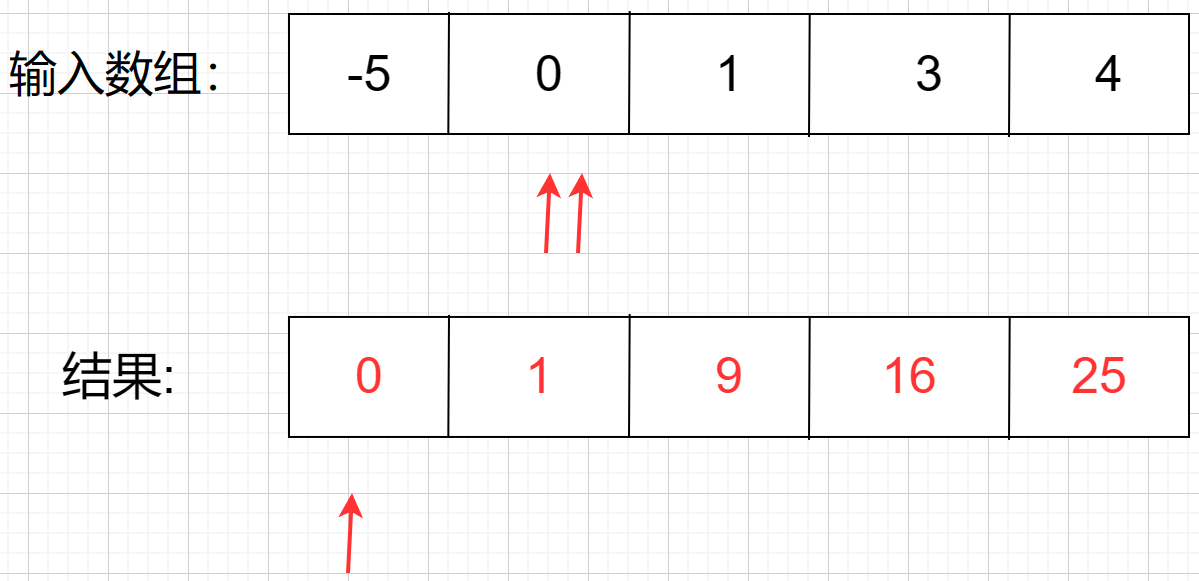更多更新信息请关注“技术客格”公众号

使用3主+3从的部署方式
一、服务器规划
| 序号 |
服务器 |
端口 |
节点名称 |
备注 |
| 1 |
192.168.1.120 |
6179 |
redis-1 |
|
| 2 |
192.168.1.120 | 6279 |
redis-2 |
|
| 3 |
192.168.1.120 | 6379 |
redis-3 |
|
| 4 |
192.168.1.120 | 6479 |
redis-4 |
|
| 5 |
192.168.1.120 | 6579 |
redis-5 |
|
| 6 |
192.168.1.120 | 6679 |
redis-6 |
二、Redis集群部署
2.1 创建目录
mkdir redis-{1,2,3,4,5,6}mkdir confcd confmkdir redis-{1,2,3,4,5,6}
2.2 依次于conf/redis-{1,2,3,4,5,6}配置redis.conf
# Redis configuration file example.####### Main configuration start ########注释掉bind 127.0.0.1,使redis可以外部访问#bind 127.0.0.1# 端口号port 6179#设置master节点密码masterauth R4E8d8i#s6Y4Z8#给redis设置密码requirepass R4E8d8i#s6Y4Z8##redis持久化 默认是noappendonly yes#开启protected-mode保护模式,需配置bind ip或者设置访问密码#关闭protected-mode模式,此时外部网络可以直接访问protected-mode yes#是否开启集群cluster-enabled yes#集群的配置文件,该文件自动生成cluster-config-file nodes.conf#集群的超时时间cluster-node-timeout 5000#用守护线程的方式启动daemonize no#防止出现远程主机强迫关闭了一个现有的连接的错误 默认是300tcp-keepalive 300####### Main configuration end #######timeout 0tcp-backlog 511# Note: these supervision methods only signal "process is ready."# They do not enable continuous liveness pings back to your supervisor.supervised no# If a pid file is specified, Redis writes it where specified at startup# and removes it at exit.## When the server runs non daemonized, no pid file is created if none is# specified in the configuration. When the server is daemonized, the pid file# is used even if not specified, defaulting to "/var/run/redis.pid".## Creating a pid file is best effort: if Redis is not able to create it# nothing bad happens, the server will start and run normally.pidfile /var/run/redis_6379.pid# Specify the server verbosity level.# This can be one of:# debug (a lot of information, useful for development/testing)# verbose (many rarely useful info, but not a mess like the debug level)# notice (moderately verbose, what you want in production probably)# warning (only very important / critical messages are logged)loglevel notice# Specify the log file name. Also the empty string can be used to force# Redis to log on the standard output. Note that if you use standard# output for logging but daemonize, logs will be sent to /dev/nulllogfile ""# To enable logging to the system logger, just set 'syslog-enabled' to yes,# and optionally update the other syslog parameters to suit your needs.# syslog-enabled no# Specify the syslog identity.# syslog-ident redis# Specify the syslog facility. Must be USER or between LOCAL0-LOCAL7.# syslog-facility local0# Set the number of databases. The default database is DB 0, you can select# a different one on a per-connection basis using SELECT <dbid> where# dbid is a number between 0 and 'databases'-1databases 16# By default Redis shows an ASCII art logo only when started to log to the# standard output and if the standard output is a TTY. Basically this means# that normally a logo is displayed only in interactive sessions.## However it is possible to force the pre-4.0 behavior and always show a# ASCII art logo in startup logs by setting the following option to yes.always-show-logo yes################################ SNAPSHOTTING ################################## Save the DB on disk:## save <seconds> <changes>## Will save the DB if both the given number of seconds and the given# number of write operations against the DB occurred.## In the example below the behaviour will be to save:# after 900 sec (15 min) if at least 1 key changed# after 300 sec (5 min) if at least 10 keys changed# after 60 sec if at least 10000 keys changed## Note: you can disable saving completely by commenting out all "save" lines.## It is also possible to remove all the previously configured save# points by adding a save directive with a single empty string argument# like in the following example:## save ""save 900 1save 300 10save 60 10000# By default Redis will stop accepting writes if RDB snapshots are enabled# (at least one save point) and the latest background save failed.# This will make the user aware (in a hard way) that data is not persisting# on disk properly, otherwise chances are that no one will notice and some# disaster will happen.## If the background saving process will start working again Redis will# automatically allow writes again.## However if you have setup your proper monitoring of the Redis server# and persistence, you may want to disable this feature so that Redis will# continue to work as usual even if there are problems with disk,# permissions, and so forth.stop-writes-on-bgsave-error yes# Compress string objects using LZF when dump .rdb databases?# For default that's set to 'yes' as it's almost always a win.# If you want to save some CPU in the saving child set it to 'no' but# the dataset will likely be bigger if you have compressible values or keys.rdbcompression yes# Since version 5 of RDB a CRC64 checksum is placed at the end of the file.# This makes the format more resistant to corruption but there is a performance# hit to pay (around 10%) when saving and loading RDB files, so you can disable it# for maximum performances.## RDB files created with checksum disabled have a checksum of zero that will# tell the loading code to skip the check.rdbchecksum yes# The filename where to dump the DBdbfilename dump.rdb# Remove RDB files used by replication in instances without persistence# enabled. By default this option is disabled, however there are environments# where for regulations or other security concerns, RDB files persisted on# disk by masters in order to feed replicas, or stored on disk by replicas# in order to load them for the initial synchronization, should be deleted# ASAP. Note that this option ONLY WORKS in instances that have both AOF# and RDB persistence disabled, otherwise is completely ignored.## An alternative (and sometimes better) way to obtain the same effect is# to use diskless replication on both master and replicas instances. However# in the case of replicas, diskless is not always an option.rdb-del-sync-files no# The working directory.## The DB will be written inside this directory, with the filename specified# above using the 'dbfilename' configuration directive.## The Append Only File will also be created inside this directory.## Note that you must specify a directory here, not a file name.dir ./# When a replica loses its connection with the master, or when the replication# is still in progress, the replica can act in two different ways:## 1) if replica-serve-stale-data is set to 'yes' (the default) the replica will# still reply to client requests, possibly with out of date data, or the# data set may just be empty if this is the first synchronization.## 2) if replica-serve-stale-data is set to 'no' the replica will reply with# an error "SYNC with master in progress" to all the kind of commands# but to INFO, replicaOF, AUTH, PING, SHUTDOWN, REPLCONF, ROLE, CONFIG,# SUBSCRIBE, UNSUBSCRIBE, PSUBSCRIBE, PUNSUBSCRIBE, PUBLISH, PUBSUB,# COMMAND, POST, HOST: and LATENCY.#replica-serve-stale-data yes# You can configure a replica instance to accept writes or not. Writing against# a replica instance may be useful to store some ephemeral data (because data# written on a replica will be easily deleted after resync with the master) but# may also cause problems if clients are writing to it because of a# misconfiguration.## Since Redis 2.6 by default replicas are read-only.## Note: read only replicas are not designed to be exposed to untrusted clients# on the internet. It's just a protection layer against misuse of the instance.# Still a read only replica exports by default all the administrative commands# such as CONFIG, DEBUG, and so forth. To a limited extent you can improve# security of read only replicas using 'rename-command' to shadow all the# administrative / dangerous commands.replica-read-only yes# When diskless replication is used, the master waits a configurable amount of# time (in seconds) before starting the transfer in the hope that multiple#


